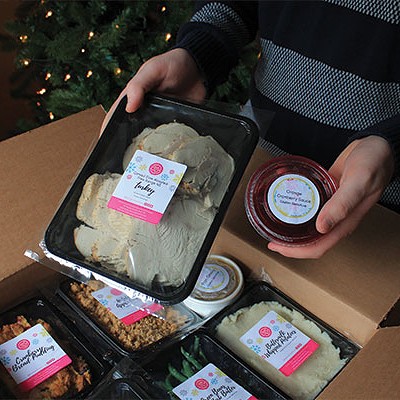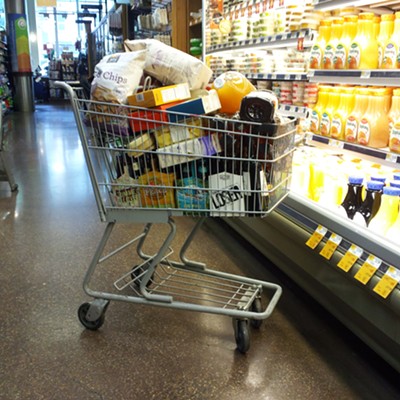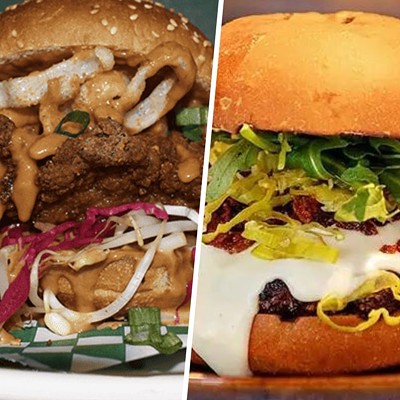Ice crystals, better known as snowflakes, make for a whimsical winter tale—but this is one fable founded in cold hard fact. Apart from perpetuating Canadianisms and a subconscious love of holiday commercialism, snow is complicated, close to home and, of course, icy cool.
"It's a story of many facets," says snowflake specialist Kenneth Libbrecht, professor of physics at California Institute of Technology.
The dainty crystals start out as teeny hexagonal prisms, each one a solitary soul as "no two snowflakes follow the same path through the clouds," says Libbrecht. Any change in degree, collision of flurries or altering of air-pressure affects the crystal's lattice-like pattern.
It takes anywhere from 15 minutes to an hour for a snowflake to form, and up to 100,000 droplets of water vapour. Crystals tend to be plate-like in shape with fragile branches, glistening facets and ethereal hollows.
Though dreamy and lace-like in the sky, snow changes drastically when it hits the ground, says Mary Anne White, professor of physics and chemistry at Dalhousie University: "If snow becomes compacted with other snow eventually it will form into ice—the pure ice we're used to seeing in our freezer. If you think of glaciers, those came from snow, but the weight compacted all that to ice."
Even in a snowbank you can still see individual ice crystals reflecting in the sunshine, but those same prettily packed crystals can be tested to predict potential avalanches.
Let's face it, snow can be scary. Glaciers cause shipwrecks, avalanches crush stuff. And, snow is fatally cold—a frost's bite is worse than its bark.
When it comes to snow recreation, temperature matters. When the air is dry and cold "the flakes will fall one at a time and be just a dry powder, like sugar," says White. Though, this sweet sort of snow is not generally native to Nova Scotia. Our flakes get caught up in humidity of the Gulf Stream and grow sticky and wet, clumping together as they fall from the sky. Not great for skiing but perfect for forts and snowball fights. It's a fair trade-off. "Really cold conditions like in the dry Arctic wouldn't make good snowflakes for making snowmen," says White.
East coast snow also makes for more work. Because it's more dense, it's heavy to shovel and slow to melt. In the prairies, where the air is dryer, clearing a powdery doorstep doesn't require quite so much gusto.
You can make more than snow angels with ice crystals, though. White grows ice to make ceramics in a process called freeze casting. "We take little particles of ceramic, mix it with water and freeze it, and the water grows into ice sheets," she says. "Then, we freeze dry away the ice and we're left with sheets of ceramic." The result is comparable to layers of shell. The ceramics are used to study thermodynamics and create more efficient solar cells. "Ultimately, we're using ice to make power."
Libbrecht uses snowflakes to study crystal growth. "Ice was in some ways just a convenient case study," he says. "It's cheap and easy to grow. No safety concerns."
To study the flakes he has to photograph them, because (duh) they melt. Libbrecht uses his own custom camera-microscope to shoot his crystal captives, illuminating the photos with coloured lights. His work was even used to inspire the artwork for Disney's Frozen. Snowflakes are most photogenic at -15 degrees, but if you don't have a snow-croscope handy a regular magnifying glass works great for getting up close and personal with Suzy Snowflake.















